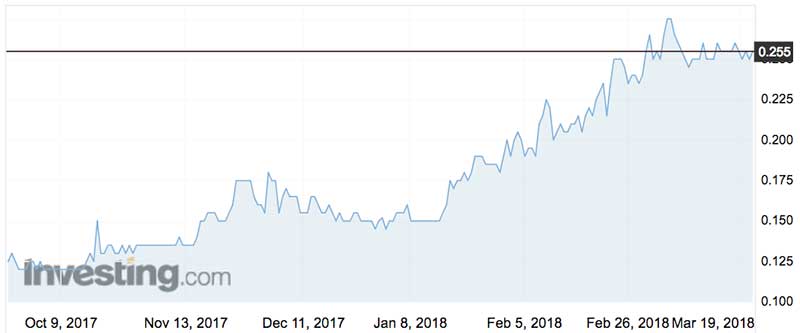VIDEO: Why Spirit Telecom’s shares are up 70pc this year
Stockhead TV
Stockhead TV
Debate continues to rage over National Broadband Network budget over-runs and huge connectivity delays due to poor service outcomes.
If you, like me, are one of NBN’s 2.5 million frustrated potential customers, there’s at least a way of reaping some ancillary investment benefits.
Because small cap Internet Service Provider Spirit Telecom (ASX:ST1) — which has enjoyed a jump of about 70 per cent in its share price this year — is successfully rolling out a wireless fast internet alternative.
The company’s line-of-sight and fibre solutions provide super fast internet to multi-dwelling units, or apartment blocks, student accommodation and community housing.
Over two thirds of its users enjoy average speeds of more than 25Mbps (compared with with fewer than 20 per cent for NBN).
A key differentiator of Spirit’s communications architecture is that it has been designed to deliver symmetry between download and upload speeds.
The majority of Internet Service Providers heavily promote their download speeds but offer upload speeds that are much slower.
As internet usage and online gaming become ever more intensive and varied, upload speeds are becoming more critical. Spirit emphasises its low network latency — that frustrating delay in sending or receiving.
The success of this formula is now being reflected in financial metrics. In the December half the company announced a 117 per cent underlying increase in interim EBITDA to $1.5 million — driven by a 55 per cent lift in sales revenue to $8.1 million.
The company is also upbeat about last September’s acquisition of World Without Wires which added geographic foot print and technical capacity.
In December 2016, Spirit acquired Phone Name Marketing which for its growing commercial customer base provides 1300 free call numbers.

Medium density housing is still in strong growth mode in metro Australia and in the last year Spirit has boosted its connected apartments by 26 per cent to over 21,000.
The company has recently bolstered its sales team, added Redundancy-As-A-Service and expanded its network capabilities.
Economies of scale and technology are reducing average capex per building and Average Revenue Per User is rising, a healthy combination in terms of earnings momentum.
The company has only just over $3 million in net debt and so, given its rising cash flows, it’s also in a position to remain acquisitive.
A market cap of almost $60 milion appears high in terms of revenue or earnings multiples but very modest in the context of the growth potential.